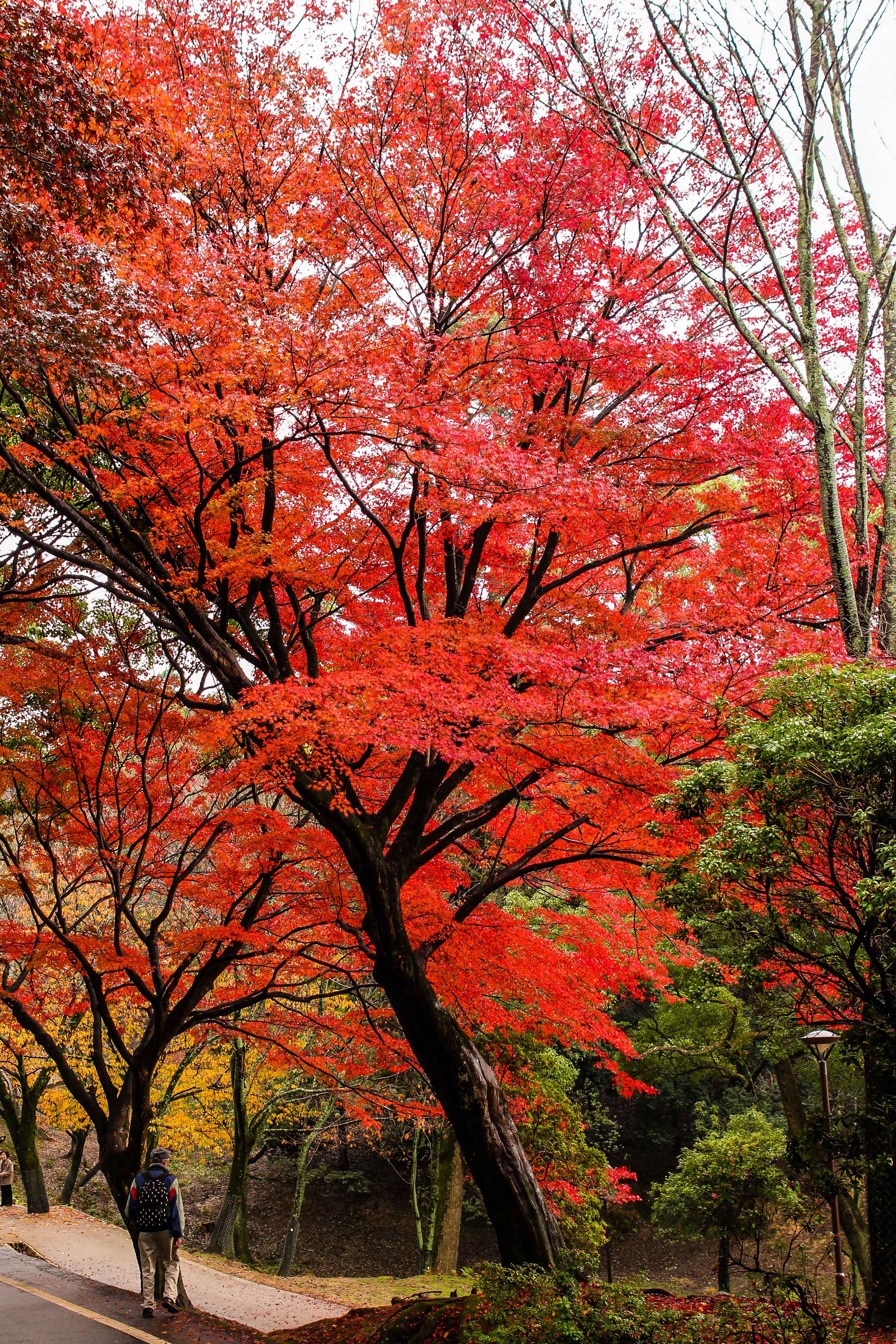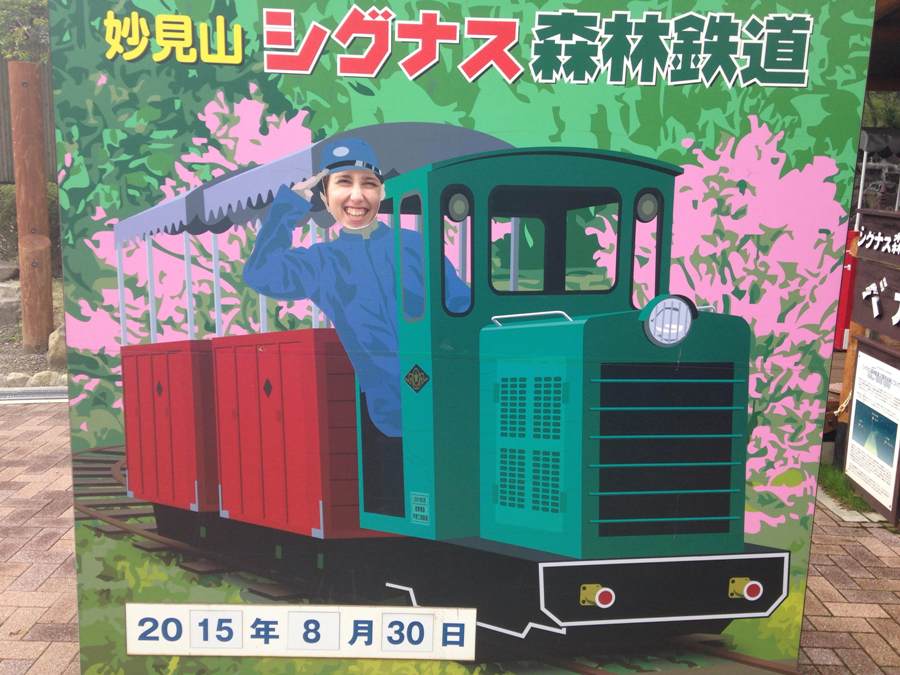Hello from AJET: March 2014
It was in October of 2010 when I applied to join the JET Programme, full of excitement of the possibilities for the future. After filling in a handy online application form I discovered there were quite a few more hoops to jump through than had been apparent at first glance. Hoops jumped through and application pack (x4) sent off, I waited. I got an interview! I waited. And then, in March, disaster struck, truly heart wrenching disaster.
In this edition of the Hyogo Times I would like to take the time to look back and remember the event that occurred 3 years ago on March 11th 2011, the Great East Japan Earthquake (æ±æ—¥æœ¬å¤§éœ‡ç½, Higashi Nihon Daishinsai). It struck at 14:46 JST in the earth and under the sea off the Eastern coast of Tohoku (æ±åŒ—) at a magnitude of 9.0 on the Richter scale. It shifted Honshu, the mainland of Japan, 2.4 meters to the east and moved the earth on its axis between 10 and 25cm.  This violent shift in the sea bed displaced enough water to create a huge tsunami with waves up to 40 meters (133ft) high.
There were 15,884 confirmed dead, 6147 injured and 2,636 people missing.
Three years on and the cleanup of the area has progressed very well in the cities, but some towns are still in ruin, and are left to the older generations. The smaller towns get little money to help with restoration and many young adults have moved to the cities. Some areas are like blank canvases where once stood thriving communities. The populace and local administration often do not see eye to eye.
The southern part of the disaster areas has now eclipsed that of the north. Fukushima has gone down in infamy as one of the worst nuclear disasters in history. The passage of time dulls our memories and the distance between us and Fukushima gives us a certain disconnection. However, the story moves on and evolves. Reports of TEPCO and the Japanese government covering up the real situation of radioactive water leaking from the site (Asahi Shimbun) to Yakuza bringing in unskilled homeless people to help clean up Fukushima (Reuters), certainly do not give confidence to a still very dangerous situation.
As we are, however, only leaves on the wind in the greater scheme of things, all we can do is try to enjoy life as much as we can, help out where possible and always be prepared.
Peter Hein-Hartmann



